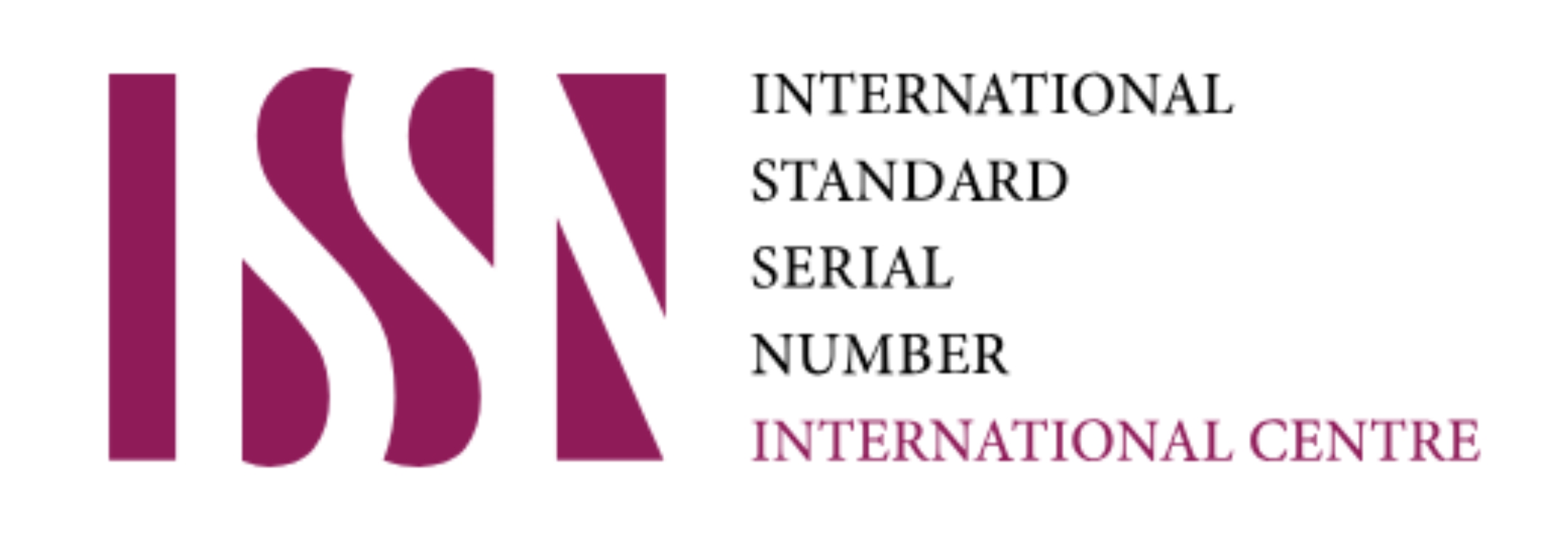Perluasan Jaringan Pemasaran melalui Kemitraan dengan Marketplace bagi PKL Dampak Relokasi Pemkot Surakarta
Abstract
Street Vendors (PKL) are considered to cause chaos in the city of Surakarta because it makes slums and causes congestion. In order to preserve the beauty of the city, street vendors are being targeted by the Surakarta City Government. This condition creates new problems for street vendors because of the loss of customers and the low number of visitor anemos because most people do not know about the existence of new shanties after relocation. The solution that can be taken from these problems is through marketing innovation training and promotion strategies for street vendors, including: (1) training and mentoring focusing on marketing innovation strategies, including: partnerships with marketplace / e-commerce culinary products, (2) alternative design programs promotion in accordance with the target market, and promotion in social media, and (3) training in promotion strategies through designing visual identity designs that are applied to various media, such as booths / carts, product packaging, product design, uniforms and online promotional media. The method used is training and assistance with a collaborative participatory approach. The long-term outcome expected from this service is the expansion of marketing networks, increasing income and welfare of street vendors through marketing innovation and promotion.
References
Boyd, D.M., Ellison, Nicole B., 2007, Social Network Sites: Definition, History, and Scholarship. Journal of Computer-Mediated Communica¬tion. 13(1).
Hadiprawiro, Y., 2018. Desain Logo dan Maskot “Difabel Klaten” Sebagai Brand Awareness Kampanye Sosial Peduli Masyarakat Disabilitas Di Klaten, Jawa Tengah. Jurnal Desain. 5(2), hal.135-144.
Irianto, A.M., 2014. Strategi Adaptasi PKL Kota Semarang: Kajian Tentang Tindakan Sosial. Jurnal Komunitas 6 (1), hal.70-90.
Prameswari, Nadia Sigi. Strategi Branding melalui Inovasi Desain Kemasan bagi Home Industry Sabun Cair. Desain Komunikasi Visual, Manajemen Desain dan Periklanan (Demandia), [S.l.], v. 3, n. 02, p. 179 - 198, sep. 2018. ISSN 2502-2431. Available at: . Date accessed: 05 aug. 2019. doi: https://doi.org/10.25124/demandia.v3i02.1547.
Rini, H.S. 2012. Dilema Keberadaan Sektor Informal. Jurnal Komunitas, Research and Learning in Sociology and Anthrophology, 4(2).
Siswanto, T., 2018. Optimalisasi Sosial Media Sebagai Media Pemasaran Usaha Kecil Menengah. Jurnal Liquidity. 2(1).
Sutrisno, B., Suwandi, J.& Sundari, 2007. Pola Penataan Pedagang Kaki Lima (Pkl) di Kota Surakartaberdasar Paduan Kepentingan PKL, Warga Masyarakat,dan Pemerintah Kota. Jurnal Penelitian Humaniora, 8(2), hal.166-175.
Syuderajat, F., 2017. Pengelolaan Media Sosial Oleh Unit Corporate Communication PT GMF Aeroasia. Komuniti. 9(2), hal.82-97.
Utami, T., 2010. Pemberdayaan Komunitas Sektor Informal Pedagang Kaki Lima (PKL), Suatu Alternatif Penanggulangan Kemiskinan. Jurnal Sosiologi, 25 (2). hal. 114-123.
Waradya, V.&Bimo, A., 2013. Inspirasi Origami dalam Desain Logo. HUMANIORA.4(1), hal.600-606.
Yanthi, D., 2014. Analisis Pengaruh Hedonic Shopping Tendency Dan Visual merchandising Terhadap Impulse Buying dengan Positive Emotion sebagai Variabel Intervaning pada Area Ladies Matahari Department Store Tunjungan Plaza Surabaya. Jurnal Strategi Pemasaran, 2(2).










 This work is licensed under a
This work is licensed under a 